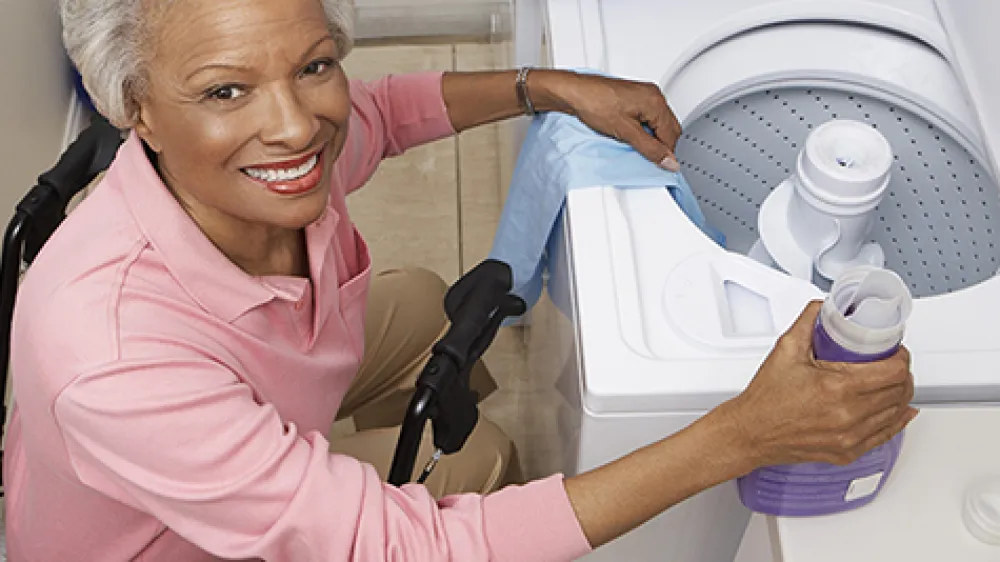Providing your location allows us to show you nearby locations and doctors.
5 tips to reduce falls risk and injuries from falls for older adults

05/28/2020
Tip 1:
According to the National Council on Aging, more than 25 percent of adults 65 and over report falling each year. And one out every 10 reports a fall-related injury each year. Most of these falls occur in or around the home. As all of us continue to shelter in place because of the COVID-19 pandemic, small home modifications can go a long way in helping to reduce the risk of falls.
Here are some examples:
- Install handrails on both sides of all stairways.
- Clear a well-lit path from the front door to the garage or car.
- Make sure stove controls are clearly visible and in good working order.
- Install grab bars at the shower, tub and toilet.
- Make sure a lamp (or light switch) and a phone are within easy reach of each bed.
Find out more examples by visiting https://patients.healthquest.org/wp-content/uploads/2020/05/20-3540-Home-Modifications-Flyer_digital.pdf.
Tip 2:
As we continue to stay in our homes for the majority of our days, many of us perform tasks we may have allotted to others before because they put us in less-than-ideal situations in terms of safety. Now we find ourselves doing yard work, cleaning, running errands and more. SAFETY should be our top priority. Sometimes, however, a fall is unavoidable, and there are strategies you can employ to limit the extent of injury: https://www.youtube.com/watch?v=5ks8DELBcQc.
Tip 3:
There are many modifiable fall risk factors, even as we shelter in place. One of these is our activity level. If you were involved in an exercise program before the pandemic, there are many free classes available on the internet that can help you continue to get your daily dose. You can start with your local senior center or county Office of the Aging or just do a Google search. Walking around inside the house (or outside if your balance and strength allow) for a set time is a good way to increase circulation and limit weakness due to inactivity. Deep breathing exercises are a great way to start a program and enhance mental wellness and immunity. It’s important to use good form and avoid dizziness.
Tip 4:
There are many modifiable fall risk factors, even as we shelter in place. One of these is social isolation. Even though we cannot connect in the traditional ways, there are many resources available to allow for getting in touch using our smartphones, tablets or computers. Great webinars (seminars on the internet) are available at https://seniorplanet.org/ to learn how to use Zoom or Google to connect with friends and relatives.
Tip 5:
Unfortunately, as we shelter in place, many of us find ourselves completely alone in our homes. What if the unthinkable happens? We fall and cannot get up! Try to plan for this scenario ahead of time: Keep a phone on the floor you can crawl to in the event of an emergency. Always keep a cellphone on your person. Or set up your Echo Dot or Google Home device to call a friend or family member for free using the “Ask my Buddy” app https://www.askmybuddy.net/quick_start.php.